The first Trans—Southeast Asia Triennial research exhibition series #II
Overland and oversea:Liu Bozhi's Cultural Photography Exhibition of Chinese in Myanmar

Honorary Principal Advisor: Li Jinkun
Principal Advisors: Apinan Poshyananda, Kwok Kian Chow, Hou Hanru
Academic Advisors: Deng Qiyao, Yang Xiaoyan
Artistic Directors: Wang Huangsheng, Hu Bin
Curatorial Team: Chen Xiaoyang, Duan Ying, Ji Ran, Shen Sen
Graphic Design: Tian Bo
Exhibition Design: Yang Liu
Exhibition Production: Li Tiejun, He Quan, Huang Xingbiao, Luo Yubin
Public Programme: Wang Xiuyuan, Liu Ziyuan, Yu Shuang, Yang Liu
Volunteers: Jian Guorong, Wen Yuhui, He Xin
Host: Guangzhou Academy of Fine Arts
Organizers: Art Museum of Guangzhou Academy of Fine Arts, Research Center for New Art Museum Studies of Guangzhou Academy of Fine Arts
Co-organizer: Jiangmen Wuyi Museum of Overseas Chinese
Collaboration with: Center of Overseas Chinese Studies in Sun Yat-sen University
Thanks: Shenzhen Yuezhong Museum of Historical Images
Special Thanks: Wu Liqiu, Wu Chaohe, Huang Xiaowen
Duration: October 20 to November 25, 2021
Venue: Hall 4, Art Museum of Guangzhou Academy of Fine Arts, University Town, Panyu District
Preface
This exhibition originated from the organizing committee of Trans-Southeast Asia Triennial in early 2020, which entrusted Liu Bozhi to Myanmar to create a series of works with "Chinese in Myanmar" as the theme. During the seven-day field shooting, he went to Yangon, Mawlamyine and other southern cities in Myanmar. In addition, he also took a number of photographs and watching notes when he visited Mandalay, Lashio, Namtu, Kyaukme, Maymyo and other towns in northern Myanmar between 2013 and 2014. Historically, Myanmar and China were connected by mountains and rivers. Liu Bozhi's two trips to Upper Myanmar and Lower Myanmar echo the two migration routes of the Chinese in Myanmar "overland" and "oversea". It is in this context that this exhibition follows the perspective of Liu Bozhi, starting from geographical relationship, to explore the emotion and tension between life and thought, economy and work, family country and homeland in the society of Myanmar Chinese.
When we received Liu Bozhi’s photography works and shooting records from overseas via the Internet, we saw the rich and intricate details of the Chinese presence in all aspects of Myanmar society, the people and objects in the photos are vaguely visible in the humid, misty light of Indo-China Peninsula, this batch of pictures are not so much photographic works as survey records taken by anthropologist in the field with camera, a large number of medium shots that focus on the complex relationship between space, people and objects rather than deliberate photographic composition. Different from the "Immigration" exhibition at the end of 2019, these images even have few large portraits with visual priority and dramatic stories of "Havana Divas" as the highlights and clues of the exhibition. This way of blurring the subject and giving up the appeal of formal language allows the people to gain autonomy in the picture, countless pieces of information intertwined with history and daily life are presented in detail. Just like the Myanmar Chinese community, which receives little attention, it is difficult to find the magnificent stories and protagonists from these images. The images are more about the Myanmar Chinese in the ups and downs of their foreign life, calmly facing the daily life and life course of birth, aging, illness and death, the joys and sorrows of their life in a foreign land, and the little connections with their hometown are scattered behind the clutter of trivial objects and complex situations.
After Liu Bozhi's trip to Myanmar in January 2020, the COVID-19 pandemic has continued to this day, and curatorial work has been carried out intermittently online. The participation of anthropologist Duan Ying provides rigorous academic guidance and discussion for the study of Myanmar related to the exhibition. Fortunately, one of the people Liu Bozhi photographed happened to be the reporter when he was working as a field researcher in Myanmar more than a decade ago, which provided us with the possibility of a deeper understanding of this overseas Chinese community. As a response to the fact that all participants are in history, we continued this dialogue process in the exhibition and opened the audiences’ view of Myanmar with the dialogue between Liu Bozhi and his guide Wu Liqiu. The two same diaspora overseas Taishan descendants, with an interwoven perspective of the inside and the outside, presenting Myanmar, a southeast Asian country that borders China but is not familiar with, as a kind of photographic ethnography in the exhibition hall, this dialogue between the visual text and narrative photographic images contributes a new connective attempt to observe the isolated Southeast Asian society at now.
Liu Bozhi’s fifty years of unique overseas Chinese documentary photography practice, also suggests some experience of action beyond the limits of media in the alienated post-globalized world,in front of each subject, it is too calm and rational to interpret the value of these actions with the existing theory of photography, because his photography is not only creating works, but also uses the power of photography to resist and interpret the lifelong questions of "why do I leave home" and "why do I return home" that have been entangled with himself and all overseas Chinese groups for more than 100 years.As the second project of the Trans-Southeast Asia Triennial Research Exhibition Series, Liu Bozhi's Myanmar Chinese cultural photography exhibition brings the group cases closely related to Southeast Asia and China. In such thematic exhibitions and research projects, we are gradually developing the cognition and understanding of different people and everything in this region, and building a platform for Trans-Southeast Asia interaction and dialogue.
Chen Xiaoyang
Exhibition View
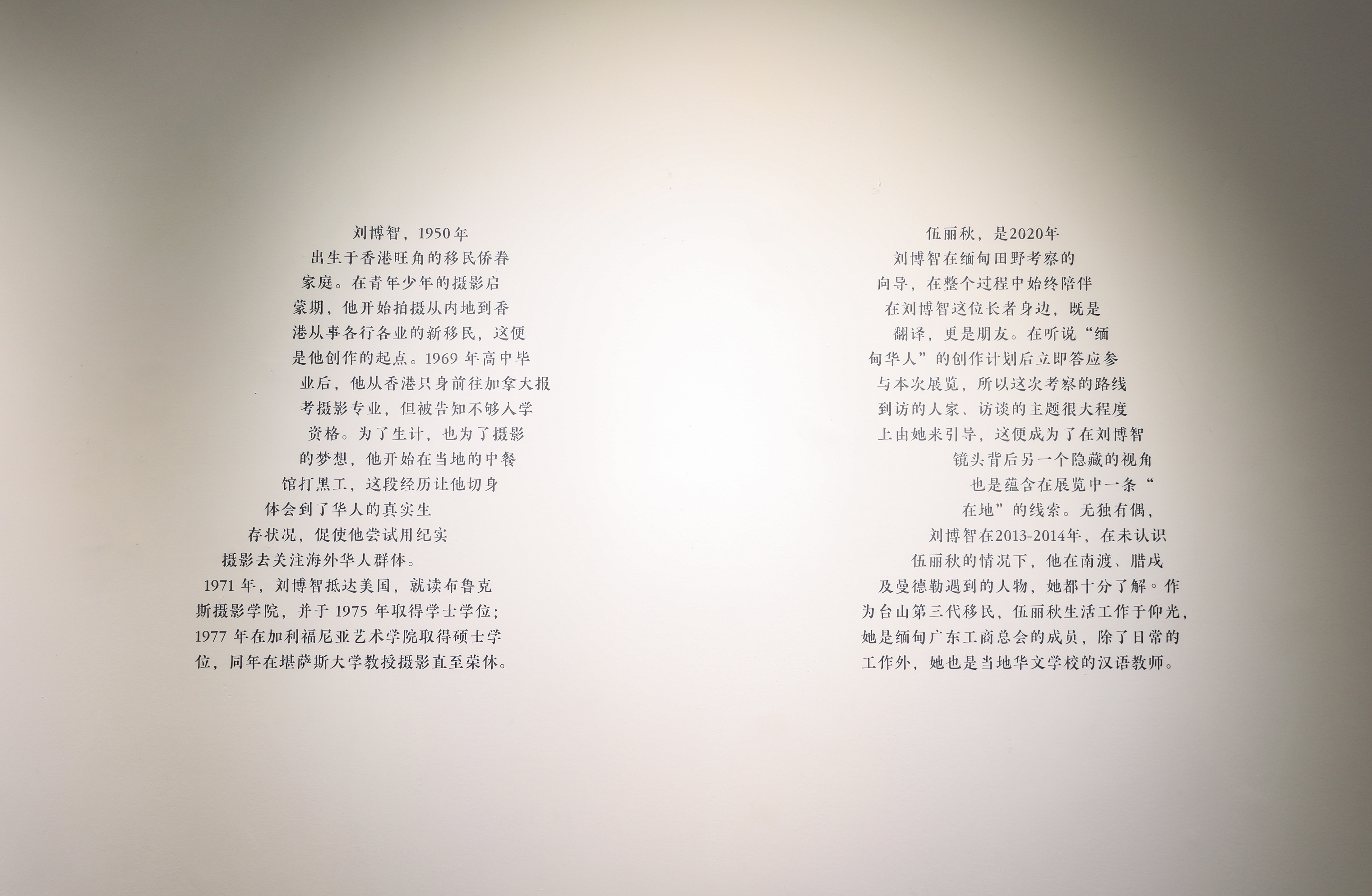
Introductions of Liu Bozhi and the third generation Burmese Chinese, Wu Liqiu; The audiences are taken into the Burmese Chinese community through their viewpoints.

Myanmar Glimpse, Human and geographical landscapes of Myanmar taken by Liu Bozhi along the Irrawaddy and Chindwin River Basins.

Myanmar Glimpse, Human and geographical landscapes of Myanmar taken by Liu Bozhi along the Irrawaddy and Chindwin River Basins.
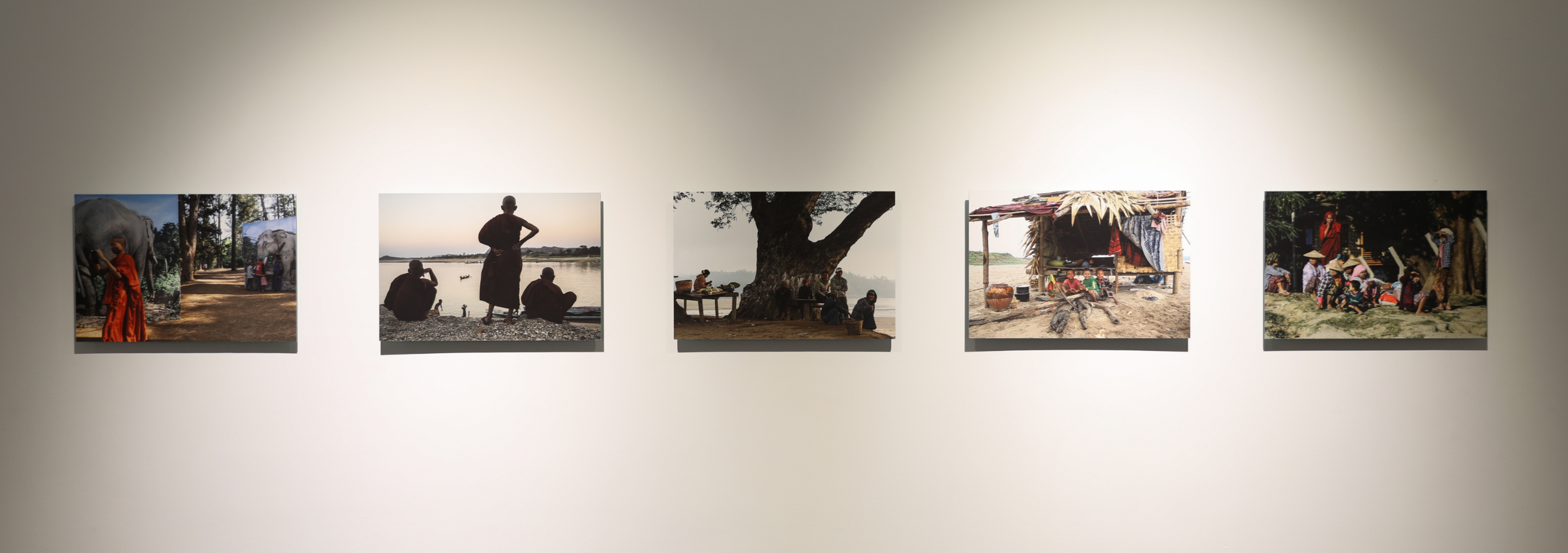
Myanmar Glimpse, Human and geographical landscapes of Myanmar taken by Liu Bozhi along the Irrawaddy and Chindwin River Basins.
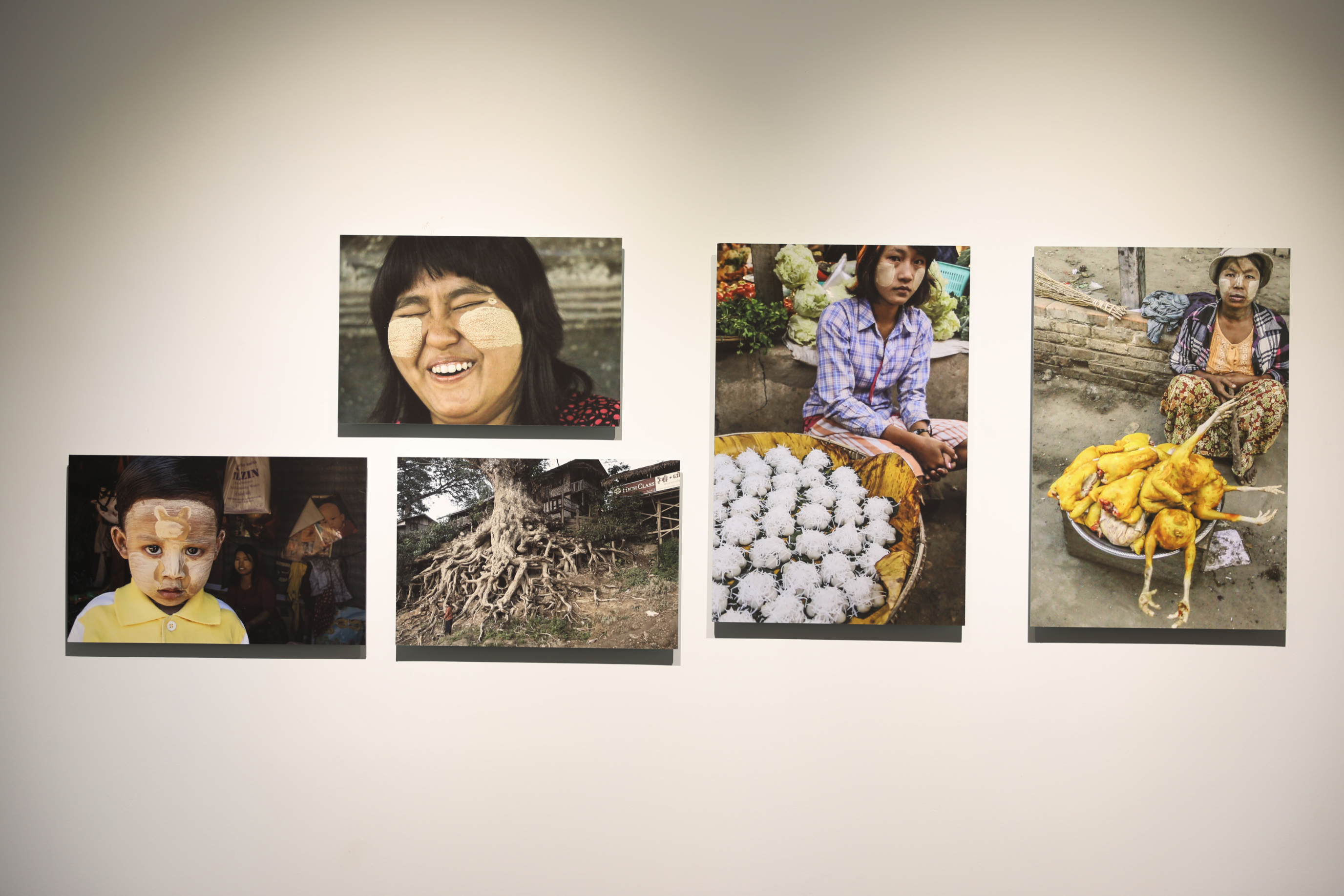
Myanmar Glimpse, Human and geographical landscapes of Myanmar taken by Liu Bozhi along the Irrawaddy and Chindwin River Basins.
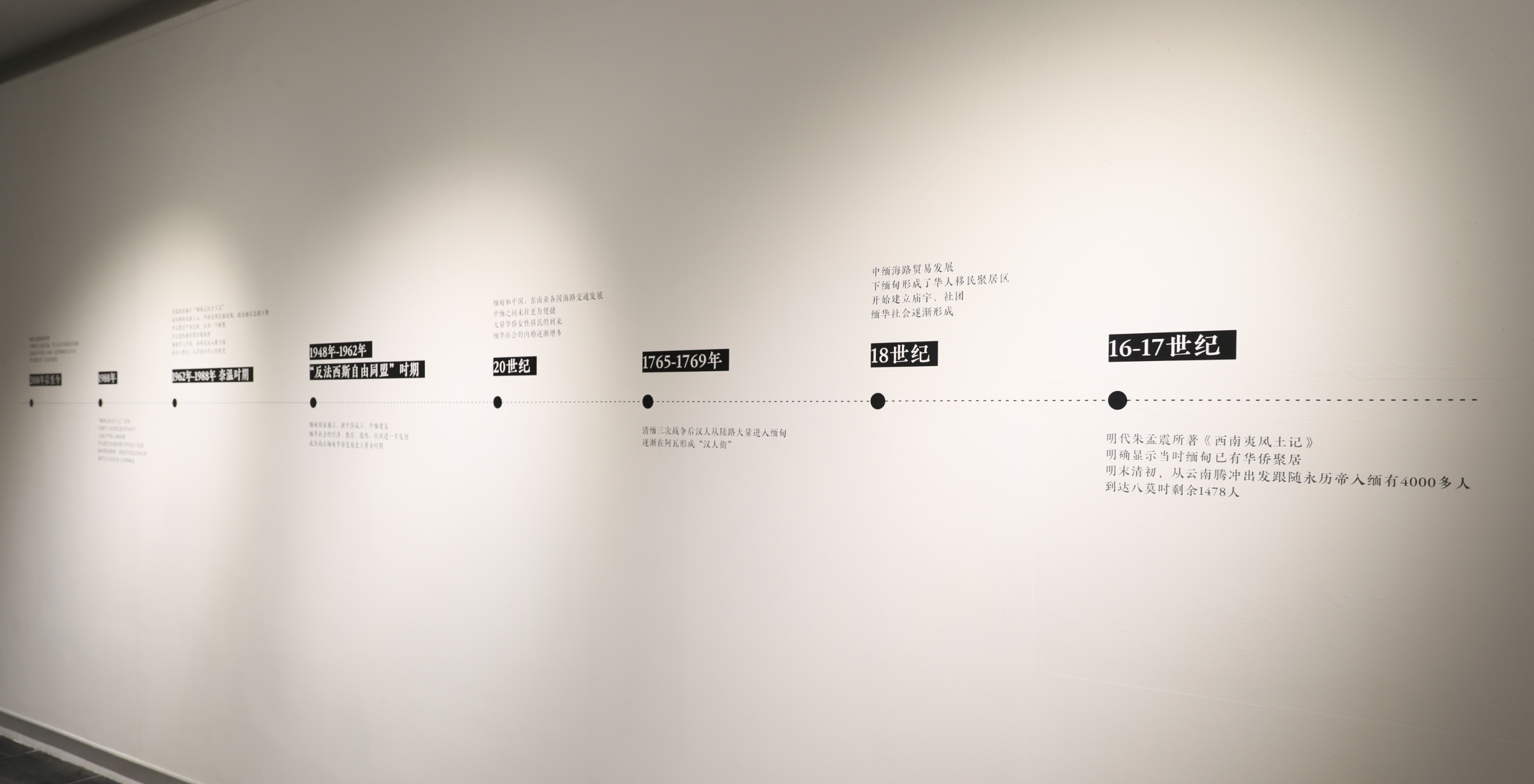
History of the Chinese Diaspora in Myanmar
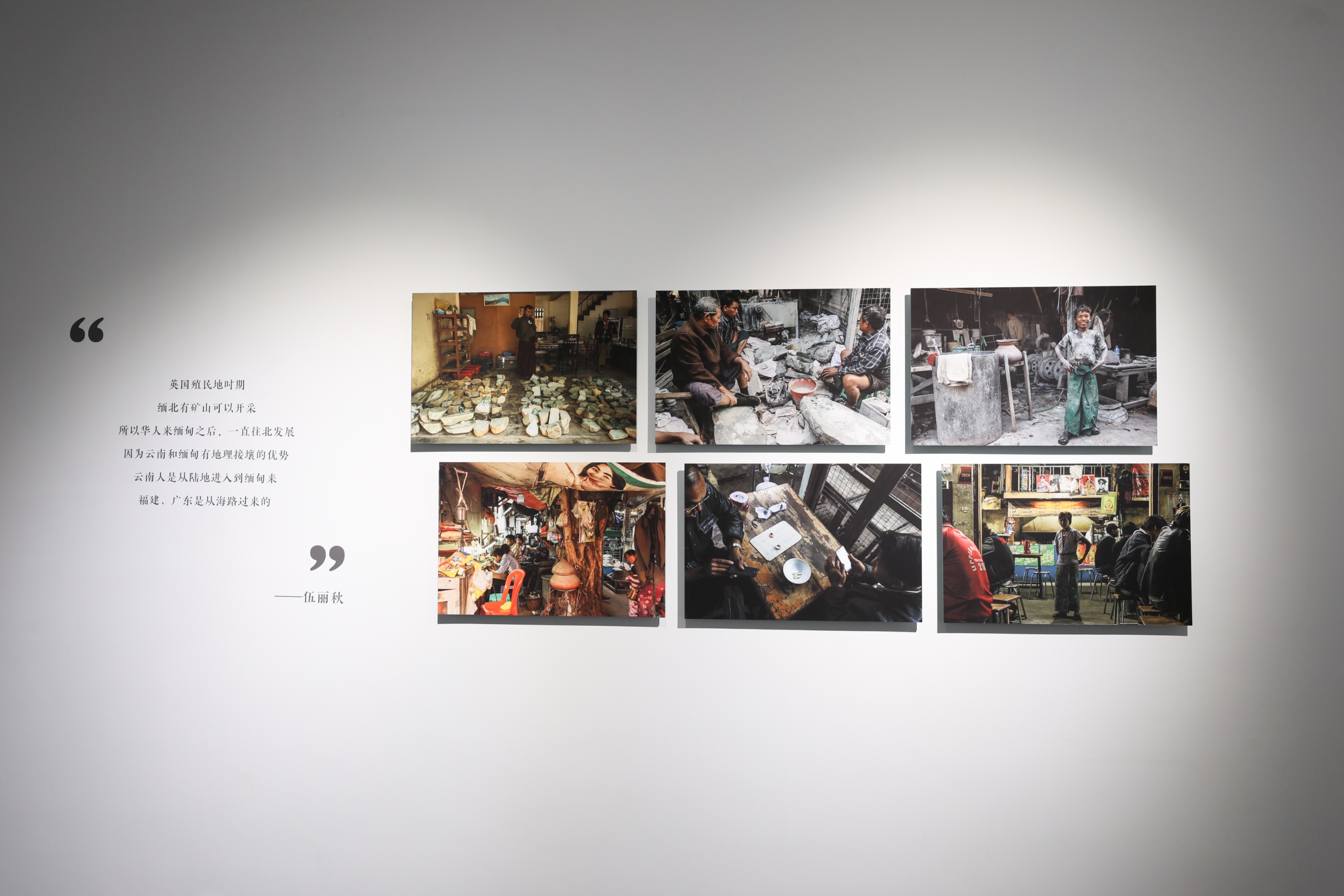
Mandalay Jade Market in Myanmar

Daily life of the Chinese in Myanmar
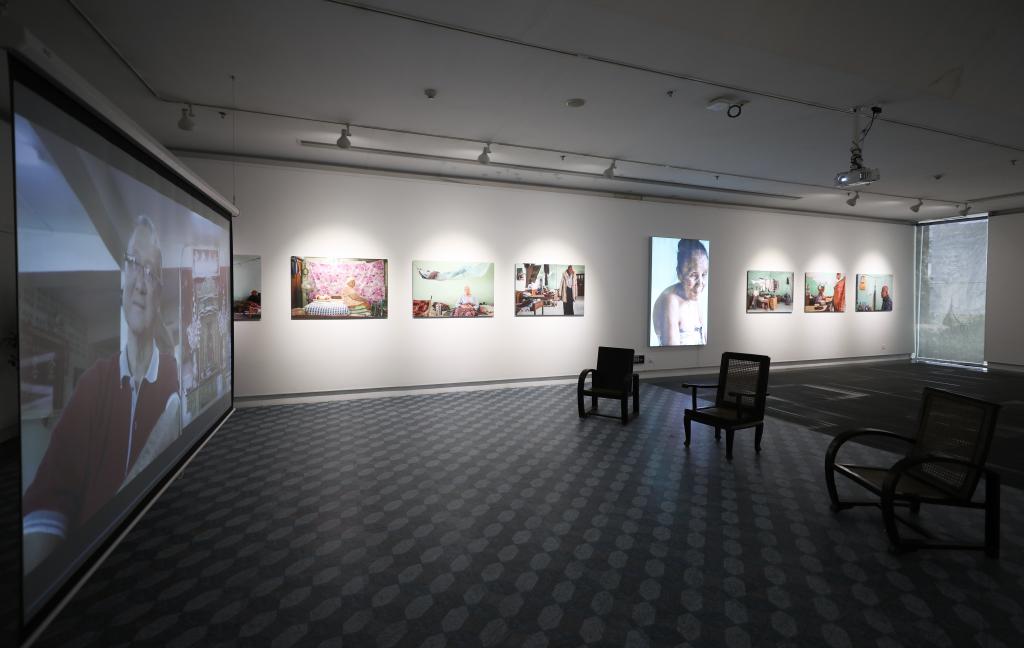
Video shows Mr. Mei, whose forefathers were from Taishan recalls his childhood fun of listening to Cantonese opera.
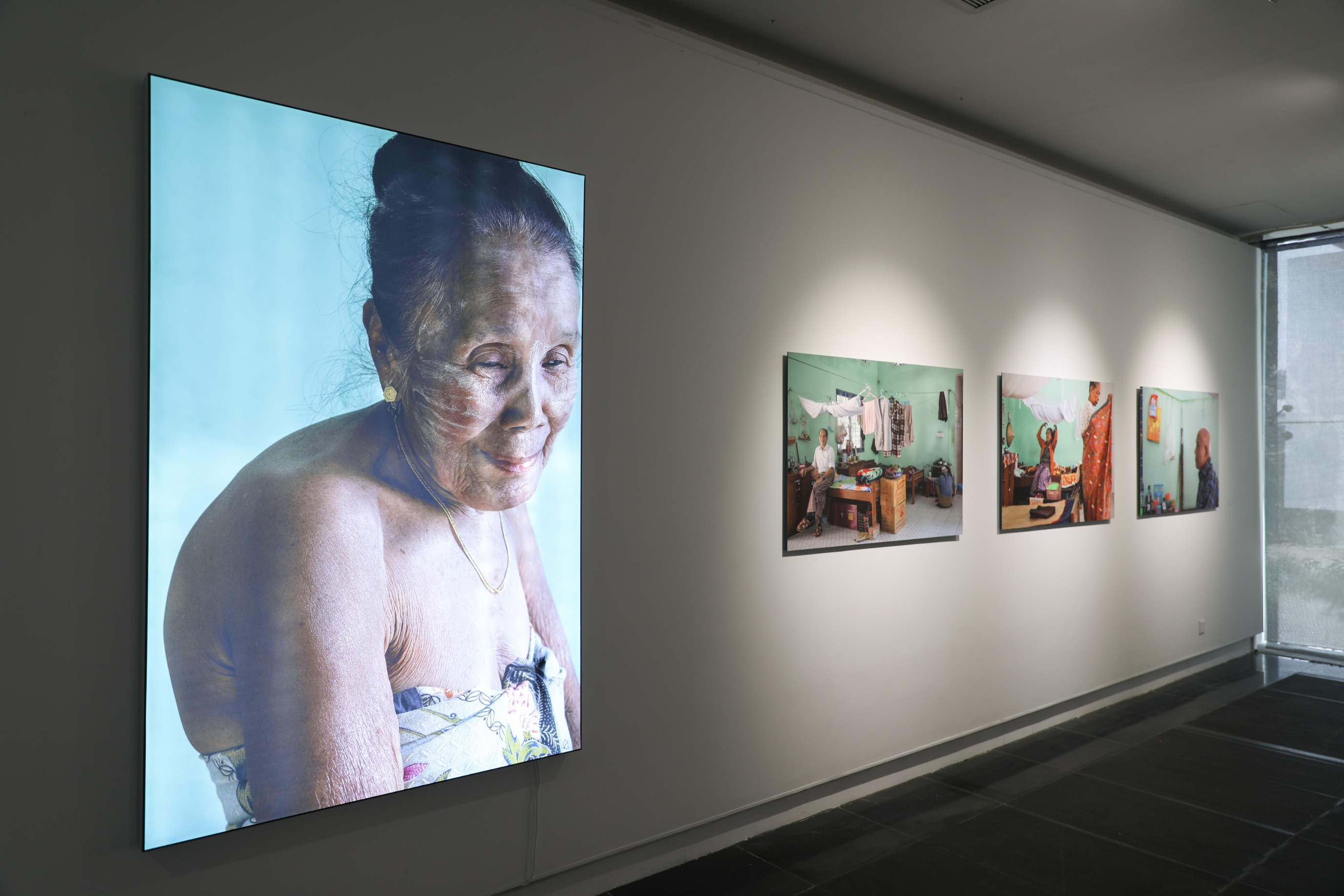
Elderly home donated by Burmese Chinese in Mandalay, Myanmar
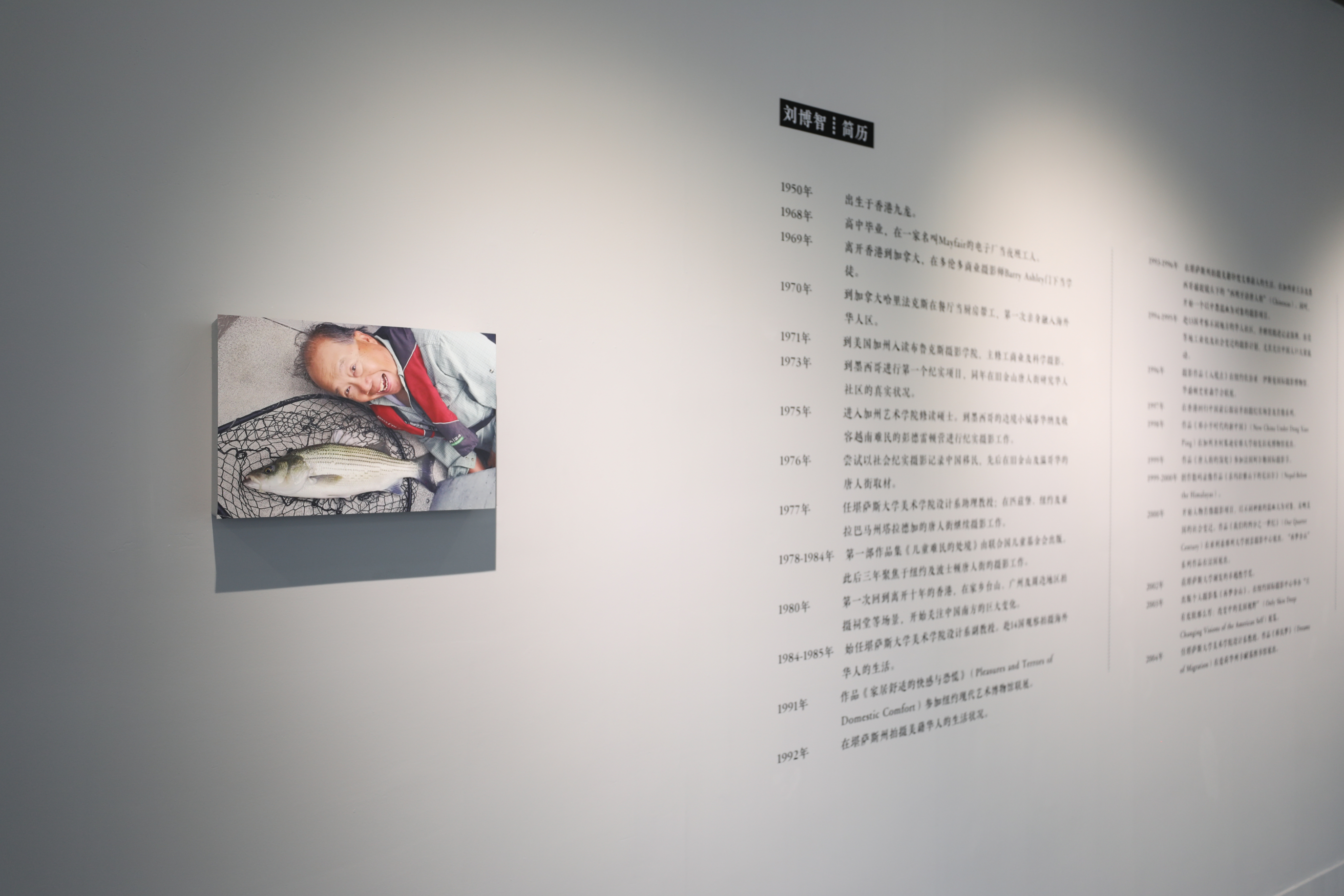
Exhibition view 1
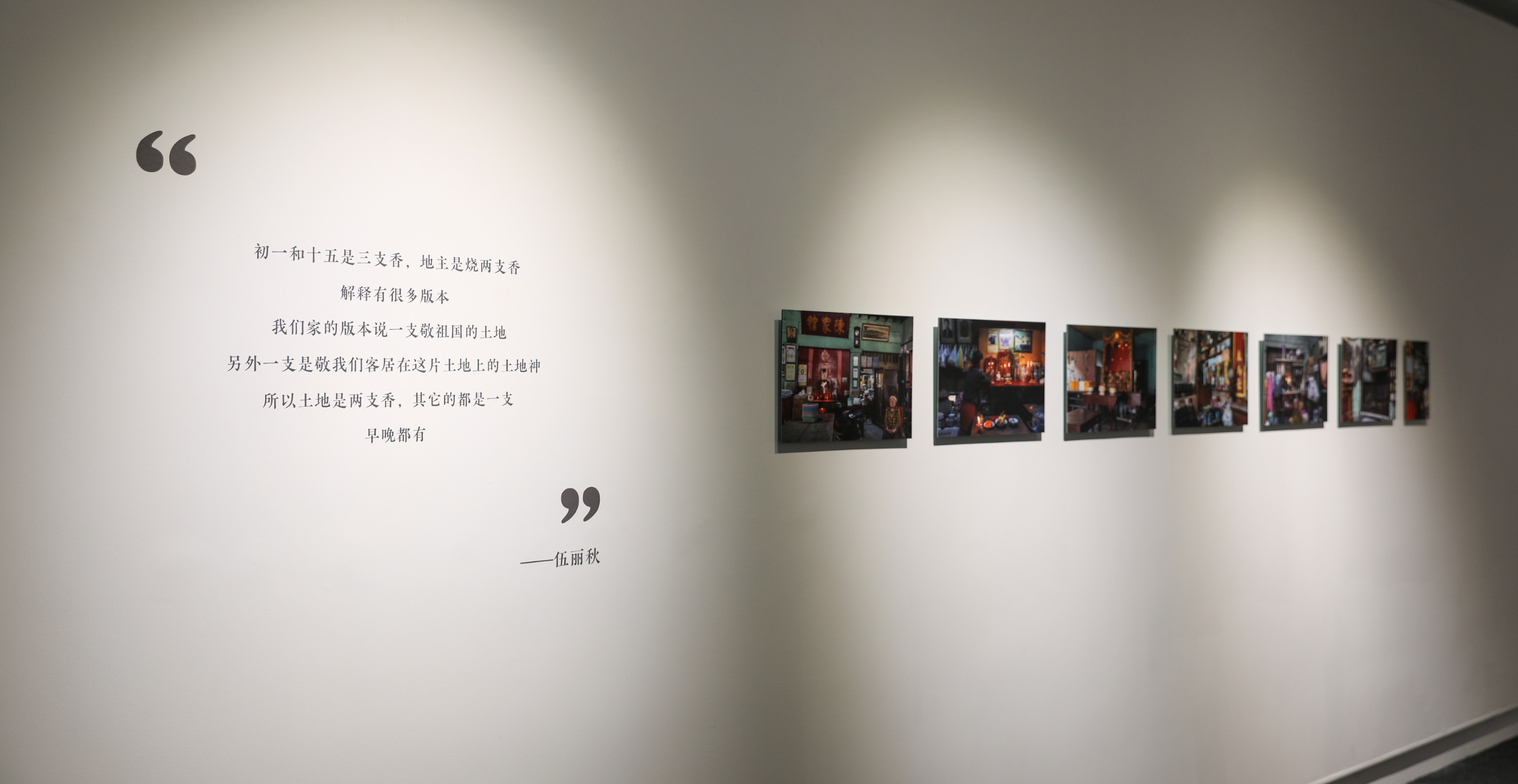
Burmese Chinese Community Activities
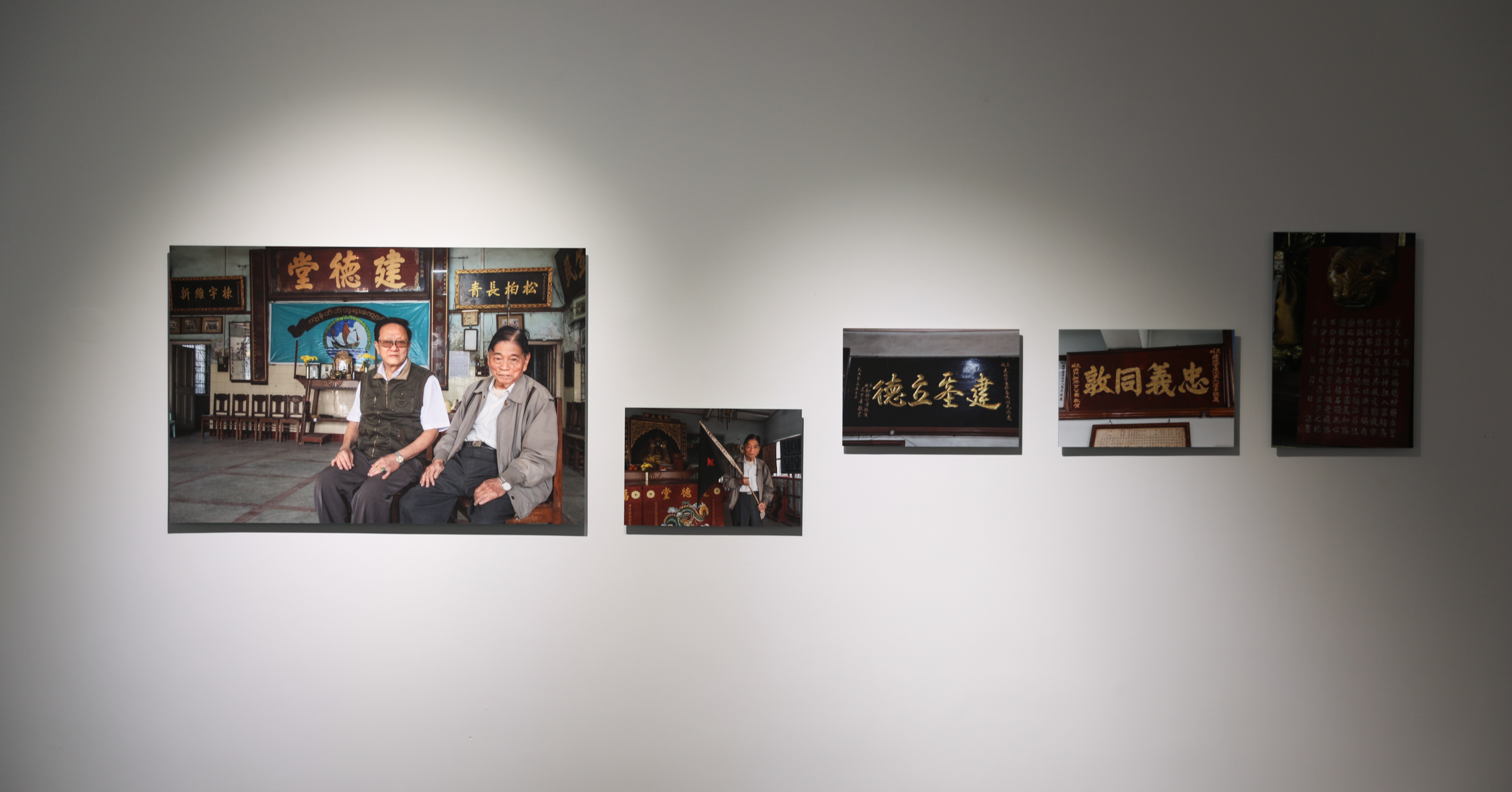
Jian De Tang, a local Chinese association in Mandalay, Myanmar

A local Chinese association in Lashio, Myanmar
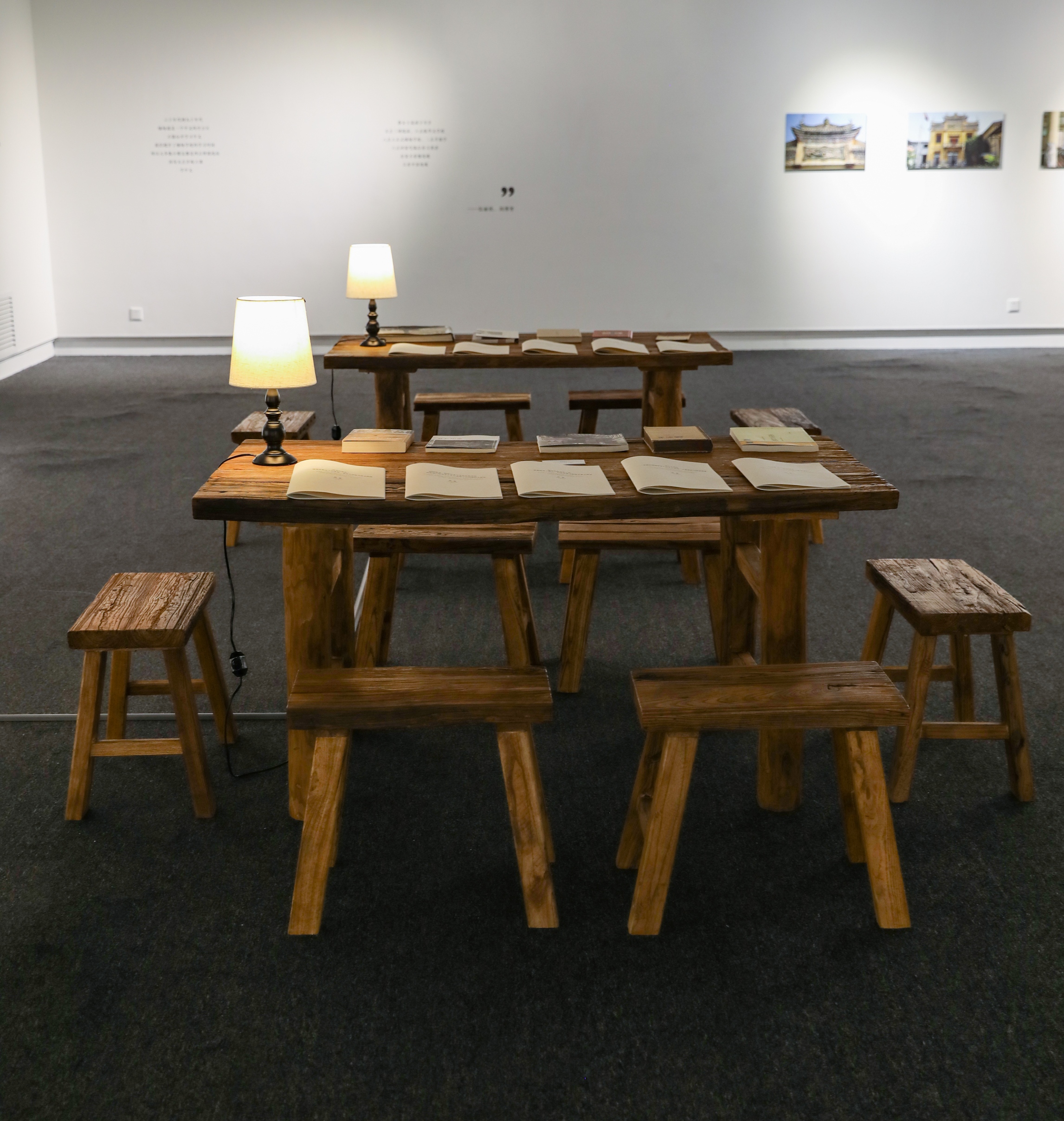
Reading Area displays research related to the Chinese diaspora in Myanmar

Exhibition view 2
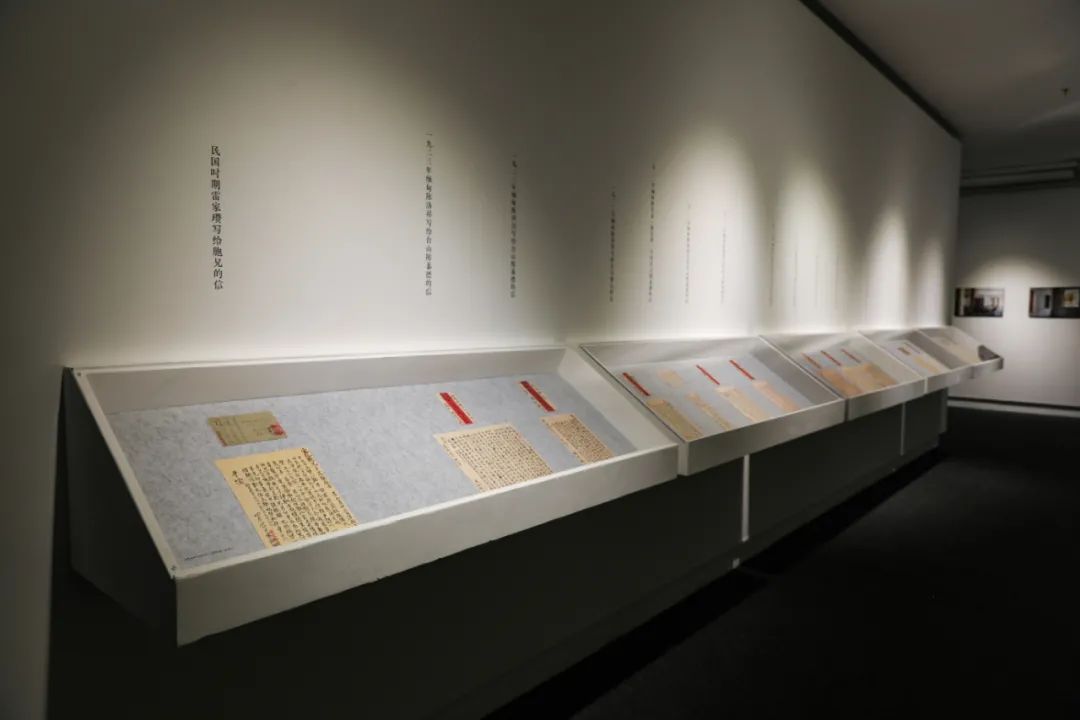
Burmese Chinese Letters(Copies), courtesy to the Jiangmen Museum
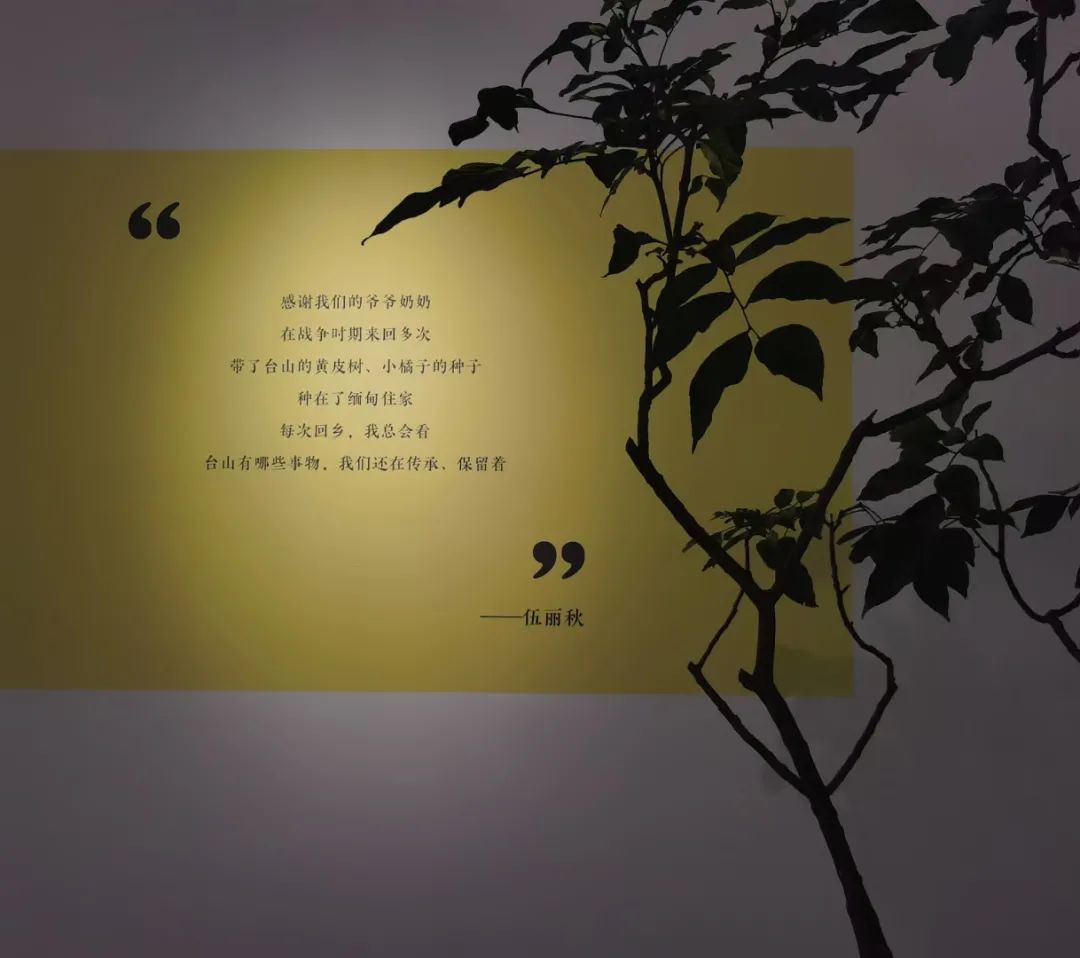
yellow bark trees in exhibition hall;Thanks to our grandparents, who traveled back and forth many times during the war, bringing seeds of yellow bark trees from Taishan and planting them in our Myanmar residence. Whenever I go back to my hometown, I always look for things that we still pass on.——Wu Liqiu
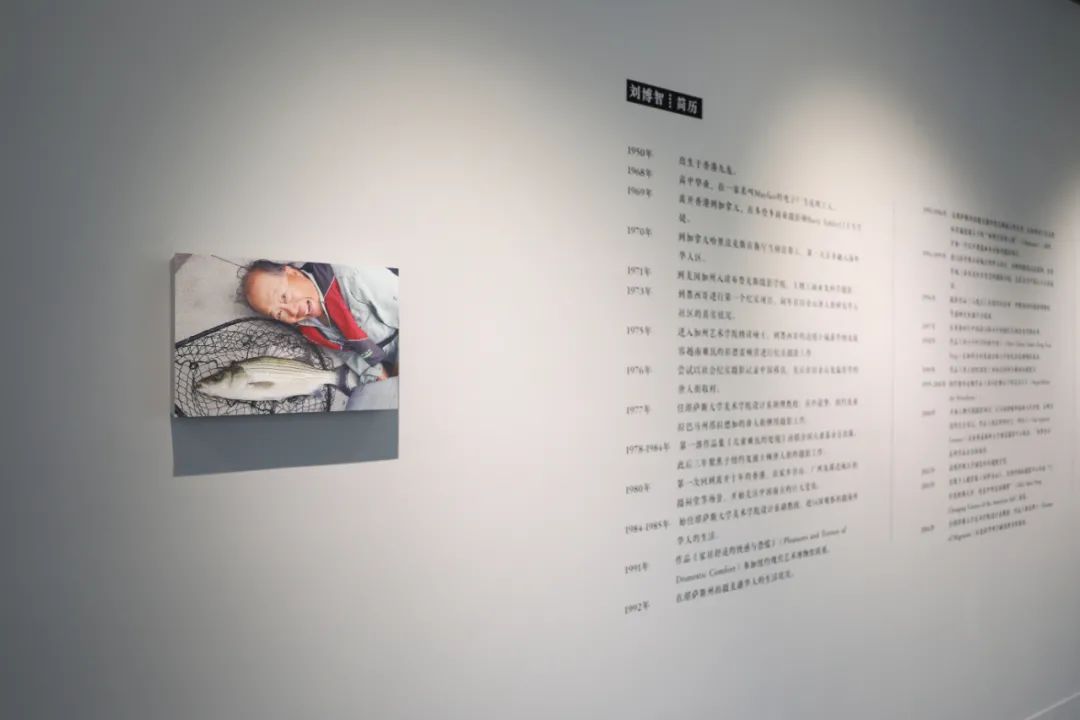
Photographer Liu Bozhi and his resume

The Guangdong-based GAFA Art Museum commits itself to the cultural and art research spanning from the Pearl River Delta and Southern China to Southeast Asia and beyond, with the Trans - SEAsia Triennial series as a research platform. Missioned to bolster the communication in art and thinking in Trans-Southeast Asia with an open curatorial perspective and new art museum practice, this triennial shall support cultural self-knowledge, understanding and innovation within the region via unconventional exhibitions, discussions, archive building, publication and other public programs.The theme of the First Trans-SEAsian Triennial is “Durian · Durian”.
Throughout the duration of the Triennial, a series of exhibitions, workshops and other public events will be staged across multiple online and offline sites, as a result of long-term research and site-specific collaborations facilitated by the Triennial. At a later stage of the Triennial, all work will be revisited and reconstructed in the museum site to form new ways of conversations and dissemination, through a gathering exhibition.


